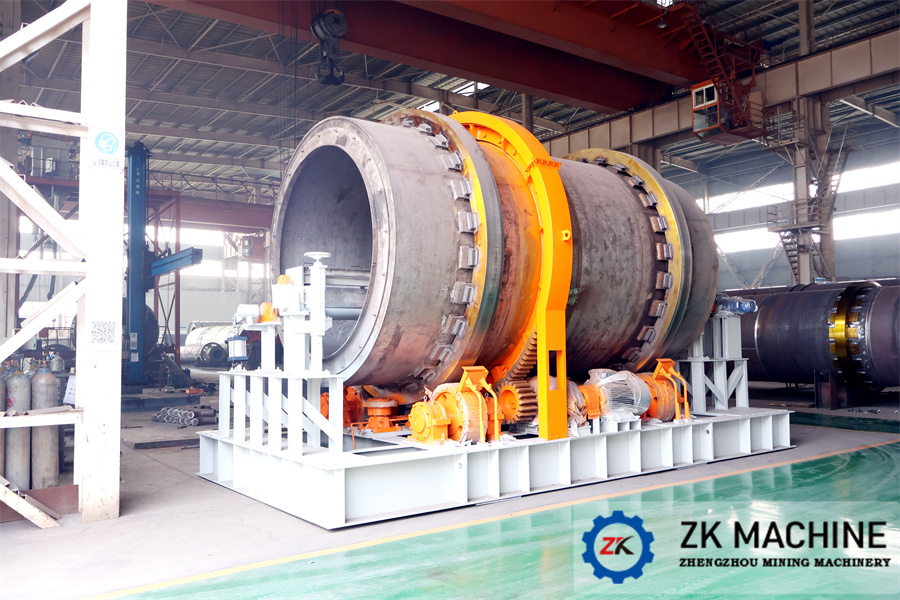1. Mixing: Send several raw materials for making molecular sieves into the ribbon mixer according to the set ratio and mix them evenly. After mixing, they are sent to the buffer bin through a screw conveyor and a bucket elevator;
2. Granulation: After measurement by the spiral weighing scale installed under the cache bin, the material is sent to the granulator's spiral feed inlet through the bucket elevator, and the set water is added to the granulator through the water metering device. The material and water The granulator is fully contacted to form a ball. The inside of the granulator is equipped with a scraper and a rake device, which can prevent the material from bonding to the inner wall. The rake can effectively prevent the material from forming agglomerates. Part of the material formed by the granulator is sent to the two-stage vibrating screen for screening, and part is sent back to the granulator through the return belt conveyor and bucket elevator for recycling granulation;
3. Hardening: Qualified materials are hardened through the hardening cylinder to make the surface of the material more rounded and the quality of the finished product to be better;
4. Drying: Dry the shaped materials through a mesh belt dryer. Mesh belt drying is static drying, which can reduce the breakage of the material balls;
5. Calcining: The dried pellets are calcined through an externally heated rotary kiln. The externally heated rotary kiln avoids direct contact between the material and the hot flue gas, which can reduce pollution to the material;
6. Screening and packaging: The calcined materials are screened through a rotary vibrating screen and then sent to the finished product warehouse. There is a packaging machine under the warehouse, and the materials can be packaged into appropriate specifications through the packaging machine.






















